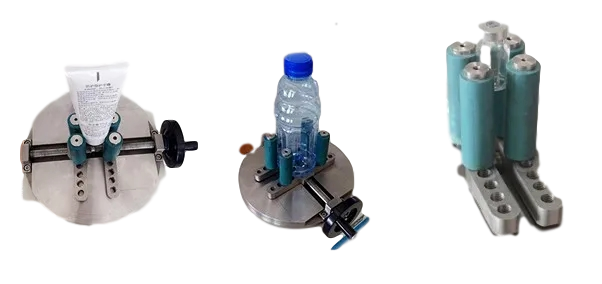Source from Link Testing instruments co.,ltd
Bottle packaging is one of the commonly used packaging forms in food, medicine, daily chemical and other industries. The cap locking and opening torque value is one of the process parameters that the production unit focuses on offline or online control. Whether the torque value is appropriate has a great impact on the intermediate transportation of the product and the final consumption. The torque test of the bottle cap generally uses a torque meter to complete the test.
Link Testing has independently developed two kinds of torque meters: digital display torque meter LTTT-20. The Instrument is suitable for bottle cap locking and opening of bottled packaging products, nozzle packaging products, and tube packaging products. Determination of torque value.
This article mainly takes the Link Testing LTTT-20 torque meter as an example to introduce the use method of bottle cap detection, and also provide some points of attention for the equipment, in order to help you better perform laboratory testing.
Simple operation method of torque meter

(1) Turn on the power switch of the torque meter, set the test mode and statistical quantity and other parameter information. Here, take the test of the opening torque of the bottle cap as an example, and select the "open torque" for the instrument test mode.
(2)Place the test sample adjusted in the standard laboratory environment on the instrument fixture and clamp it. The clamping situation of part of the sample is shown in the figure below.
(3) Put your hand on the bottle cap and unscrew the bottle cap. At this time, the torque meter automatically detects the opening torque value of the sample bottle cap.
(4)Follow the above steps to test the remaining samples in sequence. Generally, 3 samples are tested.
The scope of application of torque meter

Precautions for the use of torque meter
(1)The instrument should be placed on a stable test platform without any jitter to ensure the accuracy of the instrument.
(2)The user can turn the calibration potentiometer only when the instrument needs to be calibrated, otherwise any adjustment is prohibited to avoid destroying the calibration data.
(3)When the test torque exceeds the maximum range of the current instrument, there will be a continuous buzzer alarm, and the user should stop applying force to avoid permanent damage to the sensor.
(4)During the initial test of the instrument, if the buzzer emits a continuous short “di” alarm and cannot be used normally, the sensor may have caused permanent damage or the zero drift is too large. Please turn off the power of the instrument and call the after-sales service personnel in time!
(5)Do not allow liquid to enter the inside of the instrument.
For more details please visit www.linktesting.org